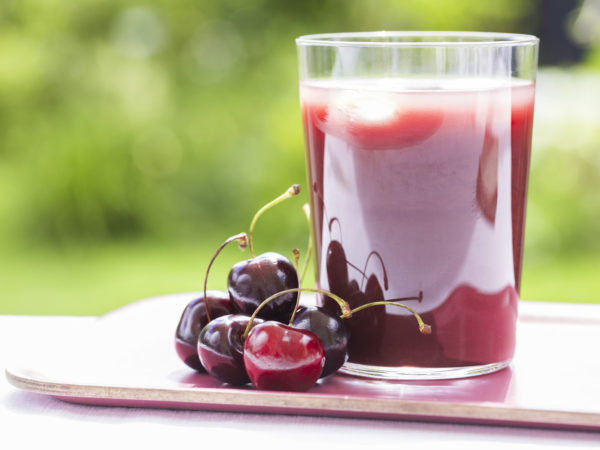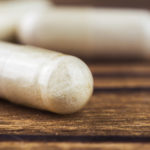Gout Symptoms And Treatment

What is gout?
Gout is a painful, arthritic condition of the joints. It usually strikes the big toes, but it can also affect the ankles, heels, knees, wrists, fingers, and elbows.
What are some gout symptoms?
The pain associated with gout is often sudden and intense. Joints tend to swell, and can be warm to the touch. The skin around the joint may also take on a deep red or purple hue. People who have had gout for extended periods of time may develop nodules beneath the skin near joints; these are accumulations of uric acid crystals. Attacks can recur in the same joint over weeks, months or years, and repeated bouts of gout can damage the joint. Kidney damage can also occur.
What are the causes of gout?
Gout has a strong genetic component. The hallmark of gout is elevated blood levels of uric acid, a breakdown product of protein metabolism. (True gout shouldn’t be confused with pseudogout, a similarly painful arthritic condition that occurs when calcium pyrophosphate dihydrate crystals are deposited in a joint.) Uric acid comes from the metabolism of purines, a subclass of proteins that are abundant in human tissues and such foods such as organ meats, sardines, anchovies, mushrooms, asparagus, and lentils. Also, a number of drugs and supplements can increase uric acid levels in the blood and its tendency to form irritating crystals in joints. These include salicylates (the active component of aspirin), vitamin B3 (niacin), excess vitamin C and diuretics that may be prescribed for high blood pressure, edema or, cardiovascular disease. Others are Cyclosporine (used to prevent rejection of transplanted organs) and Levodopa for Parkinson’s disease. Excess alcohol consumption, being overweight, and exposure to lead in the environment also increase the risk of gout in genetically susceptible individuals. Other risk factors include dehydration and acid conditions of the blood that can result from serious infections, surgery or ketogenic weight loss diets (such as the Atkins diet). However, it is possible to have high levels of uric acid and never develop gout.
What are conventional treatments of gout?
There is no known cure for gout, but it can be treated and alleviated through a variety of conventional therapies and gout treatments. Physicians often prescribe non-steroidal anti-inflammatory drugs (NSAIDs) such as ibuprofen to keep inflammation and pain under control. Corticosteroids can have a similar effect; these are administered via pills or injections. There are also medicines that can lower levels of uric acid, the best known is probably allopurinol (Zyloprim). All of these gout treatments should be used only as a last resort, as each one carries the risk of significant side effects.
What gout therapies does Dr. Weil recommend?
Like so many diseases, gout is likely an artifact of inflammation and habits of lifestyle, which means that an anti-inflammatory diet and lifestyle changes should be the first line of defense. Include the following diet tips for all types of gout therapies:
- Avoid particularly rich sources of purines such as organ meats, sardines, and anchovies. Physicians used to advise cutting back on purine-rich plant foods such as lentils, peas, beans, mushrooms, cauliflower, and spinach. However, these foods contain lower amounts of purines and can be enjoyed in moderation.
- Eliminate coffee and all other caffeine sources from the diet.
- Minimize alcohol consumption. Alcohol promotes dehydration and irritates the urinary tract.
- Drink the full complement of eight eight-ounce glasses of water daily to flush uric acid from the system and prevent urate crystal deposition.
- If you are overweight, lose the excess pounds.
- Eat tart cherries in all forms – fresh, or as cherry juice, or in the form of tart cherry extract. Research suggests that people who consume about 10 to 20 tart cherries a day have fewer attacks of gout, possibly by reducing the amount of uric acid in the blood.
- Take bromelain, a compound of digestive enzymes and other compounds extracted from pineapple stems.
SOURCES:
mayoclinic.org/diseases-conditions/gout/basics/definition/con-20019400
niams.nih.gov/health-topics/gout
arthritis.org/about-arthritis/types/gout/
arthritis.org/about-arthritis/types/gout/articles/purine-foods-gout-attack.php
webmd.com/arthritis/tc/diet-and-gout-topic-overview
arthritis.org/living-with-arthritis/arthritis-diet-cherries/
Reviewed by Benjamin S. Gonzalez, M.D., May, 2016.









